In this fast-paced world, rapid technological advancements are transforming our lifestyles, including the booming vaporizer market with its innovative products. These compact devices pack a wealth of knowledge worth exploring.
This article continues to unravel ten crucial facts about vaping devices, from how they work to usage precautions, providing a comprehensive guide for beginners and industry observers alike. Whether you’re a novice vaper or a market watcher, these insights will enhance your understanding of all things vaping. For more on vaporizers, stay tuned for ongoing updates.
Índice
The Anatomy of Vaping Devices

The main components of a vaporizer are the battery and the cartucho. The battery, often encased in metal or plastic, protects internal components and offers a comfortable grip. It houses a rechargeable lithium battery and control chips that manage power output and regulate heating temperatures. Some models feature screens displaying battery life, power, and temperature, along with charging ports.
Cartridges include a reservoir for e-liquid, typically made of transparent or semi-transparent material for easy monitoring of remaining e-liquid; a crucial atomizer core composed of heating coils and wicking materials that vaporize the e-liquid into mist; and a mouthpiece, usually made of food-grade plastic or silicone, designed for ergonomic comfort and a good seal.
Differences Between Heat-Not-Burn and E-Liquid Vaporization E-Cigarettes
Heat-Not-Burn Vapes: These operate on low-temperature heating to release vapor from new types of tobacco, known as HNB. They require a cigarette-like tobacco product inserted into the device. While they don’t produce an open flame, they still contain nicotine and other components.
E-Liquid Vaporization E-Cigarettes: These create vapor by electrically heating e-liquid, a common type on the market. E-liquid typically consists of vegetable glycerin (VG), propylene glycol (PG), flavorings, and optionally, nicotine.
Three Categories of Vaporizer Based on E-Liquid
Nicotine Vaporizers: These contain nicotine and satisfy the cravings of smokers but can be harmful if overused.
Nicotine-Free Vaporizer: These are for those who enjoy the act of vaping without ingesting nicotine.
CBD Vaporizer: These contain CBD and are used for specific purposes in regions where CBD is legal.
The Difference Between Large and Small Vape Devices
Large Vape Devices: Known for their substantial vapor production, high concentration, and full-bodied particles, these devices have large battery capacities for extended use and higher output power. They are suitable for users who demand substantial vapor but may not be ideal for public use due to their size and visibility.
Small Vape Devices: These produce less vapor and have a lighter taste, compact in size, easy to carry, with smaller battery capacities and lower output power, making them suitable for light vapor users and everyday use with a sleek design.
Reusability Categories of Vaporizers

Vapes desechables: The battery and cartridge are integrated and not rechargeable or replaceable once the e-liquid is depleted. They are convenient, requiring no charging or cartridge replacement, and are cost-effective for first-time users or as a temporary alternative.
Pod Mod Disposables: The cartridge and battery are separate, with the battery being rechargeable and the cartridge replaceable once depleted. These have a lower cost of use and offer a variety of flavors.
Refillable Vapes: These are reusable with a long-lasting cartridge that can be refilled multiple times. They are cost-effective, allowing users to choose from different flavors but require some handling skills.
Differences Between Coil and Ceramic Atomization in Vaporizers
Coil Atomization: Uses cotton or fiber wicking to draw e-liquid from the cartridge to the heating coil, which vaporizes the e-liquid upon heating. This method is cost-effective and simple but may have issues with leakage and inconsistent taste.
Ceramic Atomization: Features heating elements embedded in porous ceramic, integrating wicking and heating. Ceramic offers high-temperature resistance, strong malleability, small size, light weight, and provides a better vaporization experience while reducing the risk of leakage.
Types of Atomizer Cores

The variety of atomizer cores in e-cigarettes is vast. They are mainly divided into cotton and ceramic cores. Cotton cores are typically made from natural cotton or fiber materials, known for their good wicking and moisture absorption, quickly transferring e-liquid to the heating element. Ceramic cores use advanced ceramic materials for more even heating and better taste stability.
Additionally, atomizer cores come in various shapes, including wire, mesh, printed metal film, PVD coating, and porous metal forms. Each type offers unique features and advantages, providing vapers with a wide range of choices.
Working Principle of Silicon Microphone Heads
Silicon microphone heads consist of MEMS pressure sensor chips, ASIC chips, sound chambers, and RF suppression circuits. The MEMS pressure sensor is essentially a mini capacitor made up of a silicon diaphragm and a silicon backplate.
When a user inhales, air enters the microphone head through the vaping device’s airway, applying pressure to the diaphragm. This pressure causes the diaphragm to vibrate, changing the distance between the diaphragm and the backplate, leading to a change in capacitance. The ASIC chip detects this change and converts it into an electrical signal, achieving sound-to-electricity conversion.
Heating Wires (Elements) in Vaporizers
Heating wires are the core part of vaping device that come into direct contact with e-liquid and vaporize it to produce vapor.
Heating wires, also known as “resistance wires,” produce heat when an electric current passes through their coils. Their resistance is not fixed and changes with temperature, which is how temperature control in e-cigarettes is achieved based on the metal’s properties.
Child Lock for Vaping Products
Child locks on vapes are safety devices designed to prevent accidental use by children. Vaporizers must have anti-child operating functions and protection against accidental activation. They often use specific designs or technologies such as password locks or fingerprint recognition to ensure only adults can use the e-cigarette, reducing the risk of children’s exposure and use, and safeguarding their health and safety.
Many countries now require child locks on vaporizers, including China, the European Union, the United States, the United Kingdom, Canada, Russia, and others.

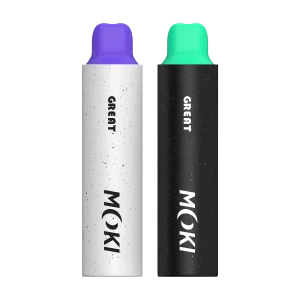


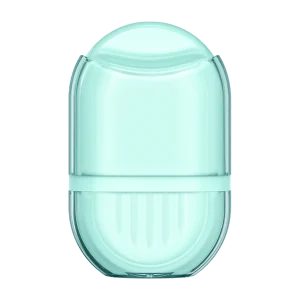
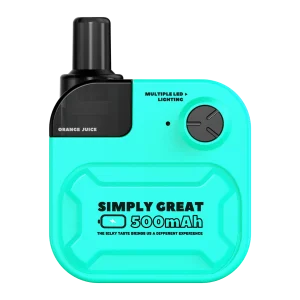
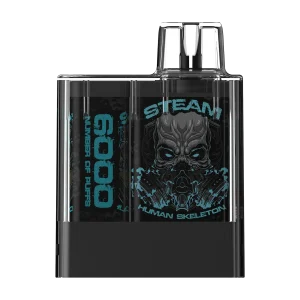
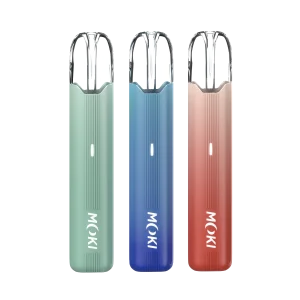
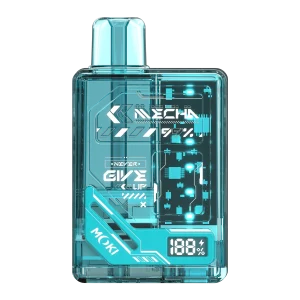

Un comentario